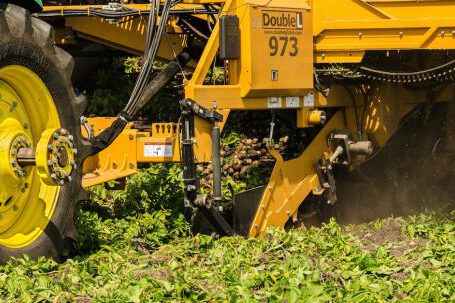Maintaining a crane is an important part of keeping it in top condition and ensuring it performs optimally. Regular maintenance can help prevent breakdowns, extend the life of the crane, and prevent costly repairs. By following a few simple maintenance steps, operators can improve crane performance and reduce downtime.
Inspecting The Crane
The first step in improving crane performance is to inspect it regularly. This should be done at least once a year and more frequently if the crane is used frequently. During the inspection, all components should be checked for wear and tear, corrosion, and other damage. The crane should also be checked for loose bolts, broken parts, and other issues that could cause malfunctions.
Lubricating The Parts
Lubricating the crane’s parts is an important part of maintaining it. The type of lubricant used should be specific to the type of crane and the manufacturer’s instructions should be followed. The crane should be lubricated at least once a month and more frequently if it is used frequently.
Cleaning The Crane
Cleaning the crane is also important for improving performance. The crane should be cleaned regularly to remove dirt, dust, and other debris. This will help reduce the amount of wear and tear on the parts and keep the crane running smoothly.
Checking The Hoist And Hooks
The hoist and hooks should also be checked regularly. The hoist should be inspected for wear and tear and the hooks should be checked for cracks and other damage. Any worn or damaged parts should be replaced immediately to prevent malfunctions.
Checking The Cables
The cables should also be inspected regularly. Cables can become worn over time and can cause malfunctions if not replaced. Worn cables should be replaced immediately to prevent them from becoming a safety hazard.
Checking The Brakes
The brakes should also be checked regularly. The brakes should be inspected for wear and tear and any worn parts should be replaced immediately. This will help ensure the crane stops quickly and safely.
Testing The Crane
Once all the maintenance steps have been completed, the crane should be tested to ensure it is functioning properly. The crane should be tested for speed, lifting capacity, and other performance metrics to ensure it is performing optimally. Testing should be done regularly to ensure the crane is performing as expected.
Improving crane performance with regular maintenance is essential for ensuring the crane is reliable and safe. By following a few simple steps, operators can improve the performance of their crane and reduce downtime. Regular inspections, lubrication, cleaning, and testing are all important steps that should be taken to keep the crane in top condition.






